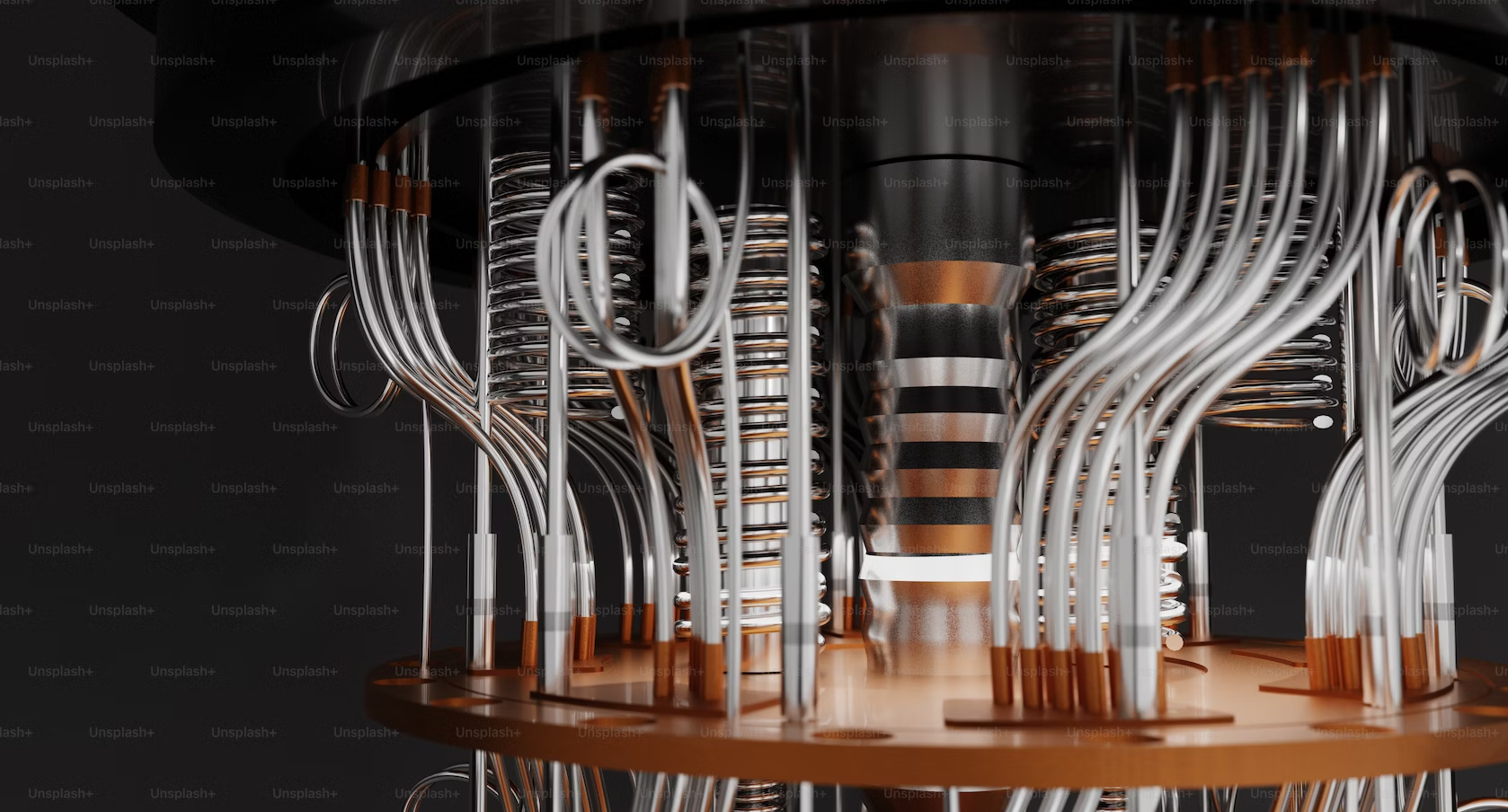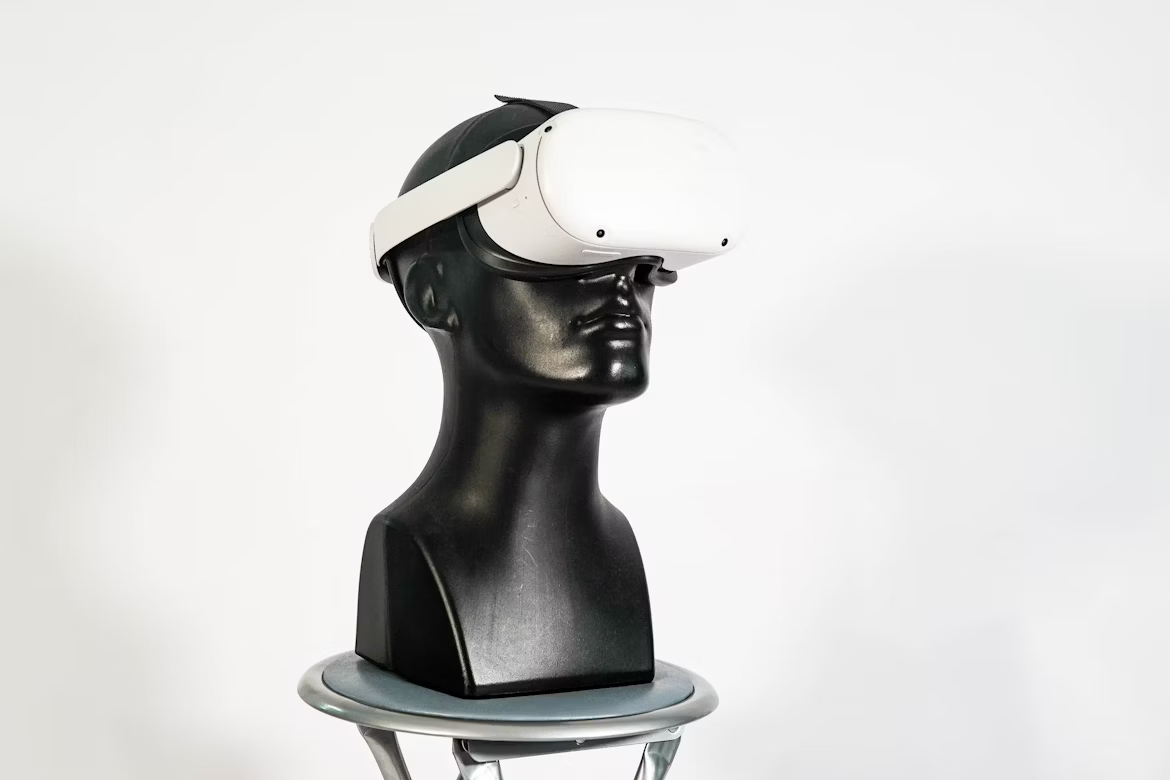In a ground-breaking new discovery, scientists in South Korea have claimed to have created the first room-temperature superconductor. If confirmed, this finding could dramatically transform technology and industries as we know them. Superconductors are materials that conduct electricity with zero resistance, allowing electronics to work at higher speeds and efficiency. Current technology, however, makes them only work at extremely low temperatures—almost absolute zero kelvin—limiting their practicality and making them only useful for specialty operations or research. For decades, researchers have struggled to find a superconductor that works at room temperature. Now, it seems that there may be some hope of discovery.
The new potential superconductor, dubbed LK-99, can apparently conduct current without resistance at a balmy 261 degrees Fahrenheit. This is a staggering achievement that defies previous assumptions. The material retains superconductivity at normal atmospheric pressure as well.
The implications of this discovery are enormous. Room-temperature superconductors could enable lossless power grids, ultra-fast computing, and powerful magnetic levitation or diamagnetism. They may also find use in quantum computers, fusion reactors, and a host of other advanced technologies. But the impact depends heavily on cost. If room-temperature superconductors can be mass-produced cheaply, they could spark an energy revolution as energy could be transmitted across grids without any loss, lowering costs dramatically. Everyday applications like levitating trains could also become economically feasible.
However, there have been instances of false claims and retractions made about LK-99, leading to scepticism and uncertainty among scientists and the general public. While there is a plausible theory proposed for how LK-99 might display room-temperature superconductivity, there is a lack of definitive experimental evidence to support these claims. Additionally, the discussions and coverage of LK-99 have been primarily limited to certain online platforms and lesser-known Twitter accounts, which may raise questions about the broader scientific community's awareness and involvement. Further research, experimentation, and peer review are needed to validate and verify the potential of LK-99 as a superconductor.
The potential it may bring, though, reaches into many industries like healthcare, security, and more. Ultra-sensitive sensors enabled by the effect could detect cancer earlier or sniff out explosives. Faster computer processing would facilitate complex modelling and analysis, perhaps surpassing Moore's Law. Lossless energy transfer that does not convert electricity into heat could also help address climate change. There is much work ahead to validate and understand this new potential superconductor. But if its properties hold up, it may well represent one of the most pivotal scientific finds of the century. The age of room-temperature superconductors could bring radical innovation across the board. What was once the stuff of dreams may soon become reality.















